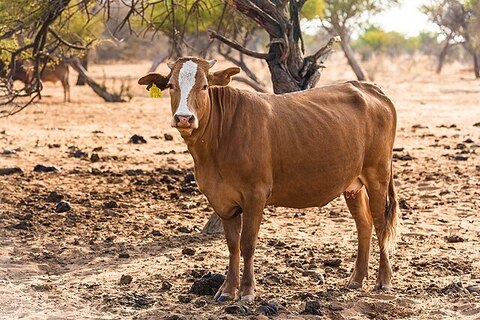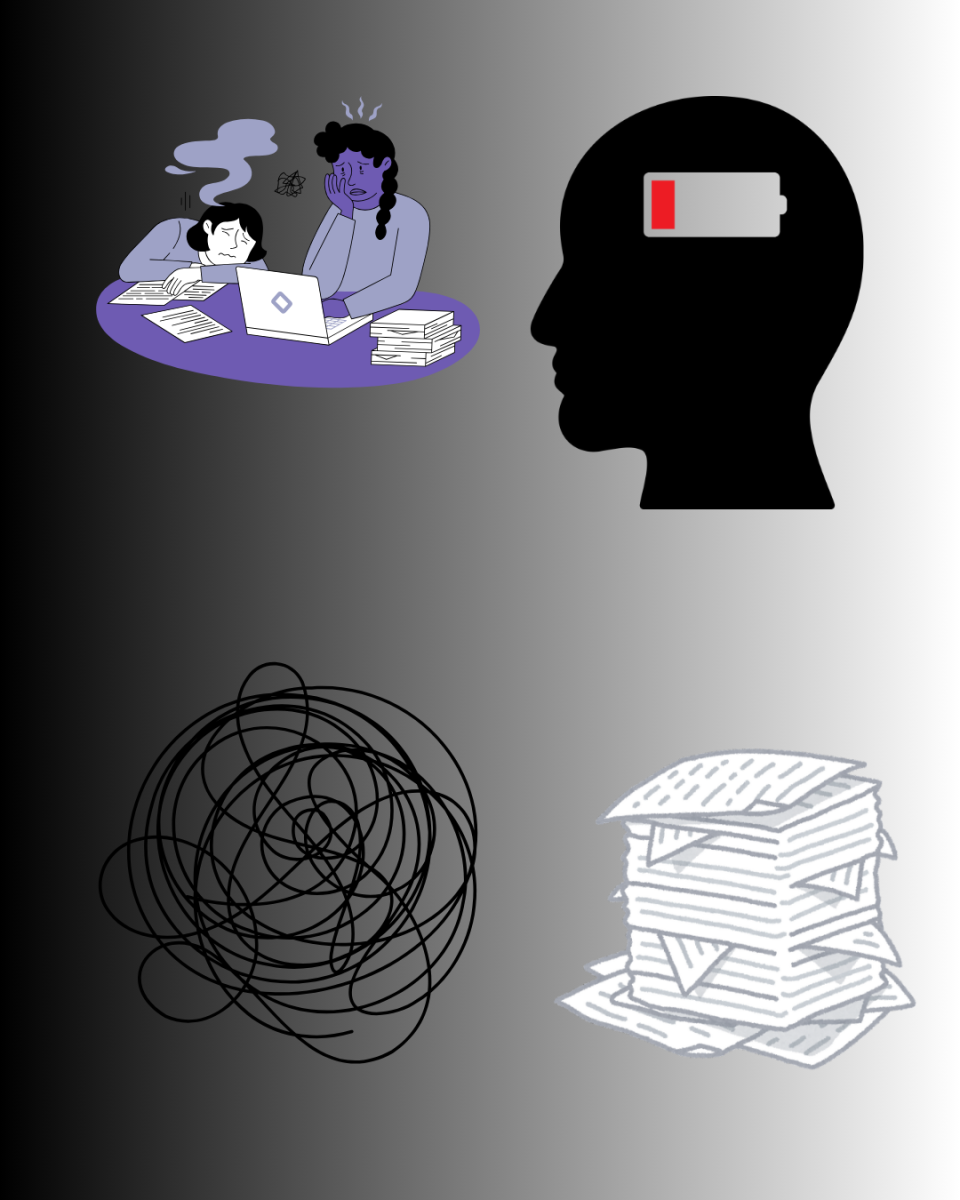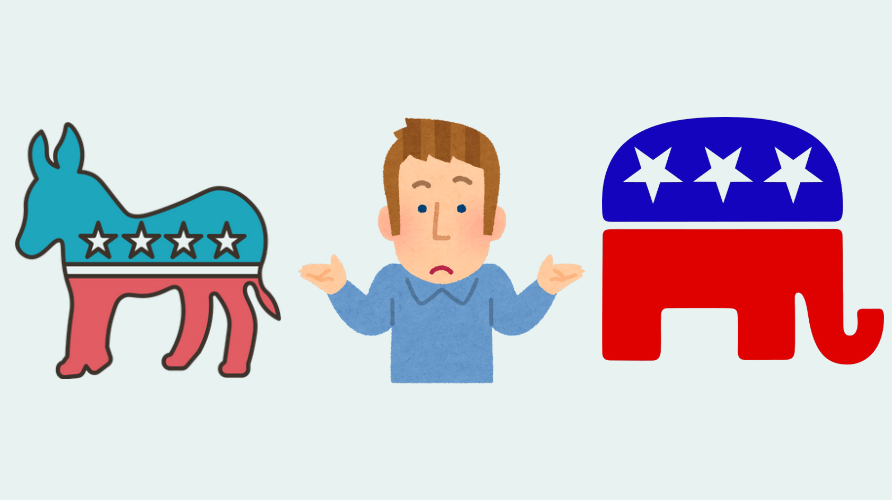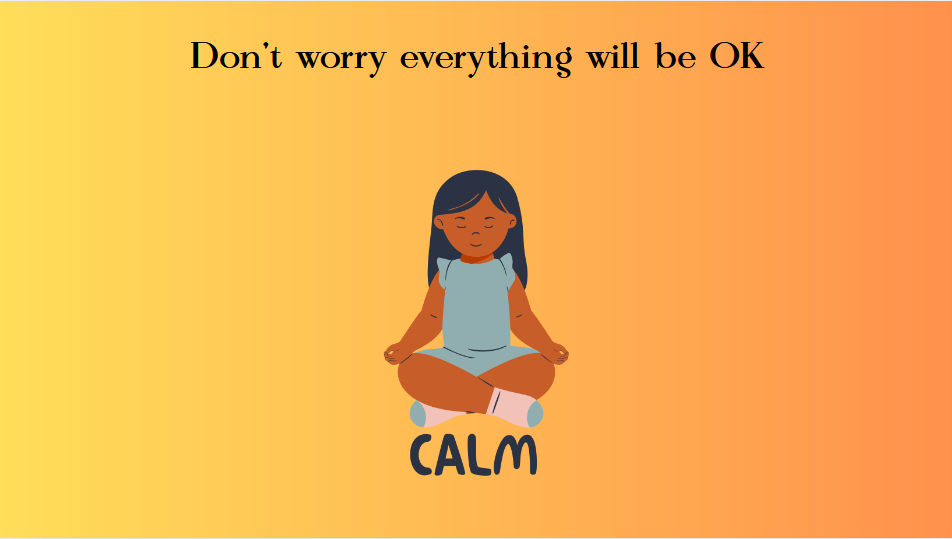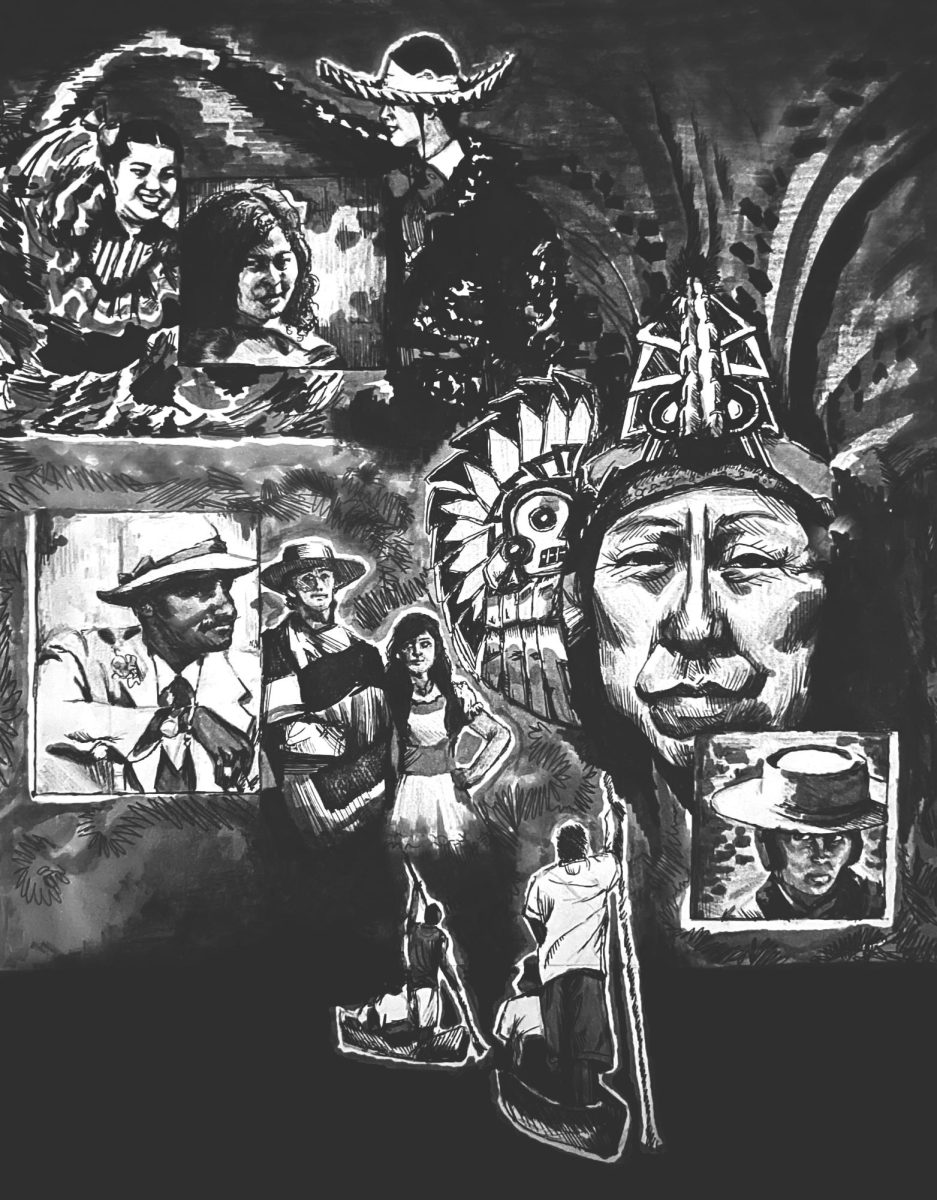On the way to modern-day civilization, people across the globe formed families and communities to wear clothes, store food and handle various resources. For thousands of years, humans used animal skins and furs, tree bark and leaves to cover themselves.
Over time, people learned to mend clothes from cotton, bamboo, wool and other resources that don’t require the death of an animal.
In modern-day, people still use animal skin and fur for clothing, but now resources that were once necessities are labeled as luxuries in many parts of the world. Even though we have access to harmless fashion resources, certain styles continue to cause animal deaths that could be avoided.
People forget the animal kingdom isn’t limited to the cats and dogs we cherish – there are cows, crocodiles, elephants, tigers and many more animal lives to consider.
Every year, over 100 million animals are killed for their fur or skin. Minks, foxes, rabbits, snakes and crocodiles are the main targets. Their fur or skin is used to make coats, bags, scarves and more, according to Ethical Globe.
The real question is: Do all the consumers know about it?
Mylan Engel Jr., a philosophy professor at NIU, has worked in the field of animal rights for 35 years.
“Of course, they (the customers) knew,” Engel said. “But I think if they see a label that says ‘Fauci Farm-raised Fur,’ or something like that, they may think that these animals are living good lives and are killed quickly and painlessly. They don’t know about the intensive conditions, and they don’t want to hear — that makes them sad.”
Engel explained that animals are raised in confinement and kept in small cages. They are often killed by anal electrocution or being gassed to death with carbon dioxide. The list of unethical practices goes on.
“Many pelts are obtained from animals that have been trapped in the wild. A steel jaw traps a clamp will clamp down on one of their appendages, and a kind of bear trap might slam shut on their body. But these traps don’t kill the animal immediately, and trappers only check their traps every few days, so the animal might be suffering for days,” Engel added. “In the fur industry, the animals are raised in confinement or in small cages where they can barely turn around. And they’re used to having large territories, so this is completely antithetical to their nature. In the case of leather, you know, these conditions for raising cows for leather aren’t much different than the conditions for raising cows for food.”
In Nepal and parts of India, killing cows is illegal. But often, after cows and oxen get old, they are moved to locations where it’s legal for them to be killed. At that time, animals are forced to travel great distances often in cruel and painful conditions. Eventually they are killed, just like cows all over the world, and skinned to make shoes, bags, belts, wallets, sofa covers, chairs and more.
Killing over 100 million animals per year is not a simple thing, so why does the media generally keep quiet?
“Media is run by revenue, and people who exploit animals are rich,” Engel said. “Media has got lots of funds by advertising their product. Those people won’t let the release of animal cruelty news. They even don’t let (the government) pass a law about animal rights. When people try to protest animal cruelty, people make fun of protesters by defending hamburgers.”
The average consumer must learn not to turn a blind eye to animal cruelty as well.
“Boycotts and protests have been effective at bringing about change but need a sufficiently large group of people,” Engel said.
There are lots of cruelty-free brands fashion lovers should explore. Websites like ethicalelephant.com can help facilitate the search for ethical brands.
As consumers, we should not promote make-up or clothing derived from animal cruelty.
We must stop using and purchasing such products. We must spread awareness among friends and family.
Happiness is important, but why should animals have to pay for our happiness with their lives?


